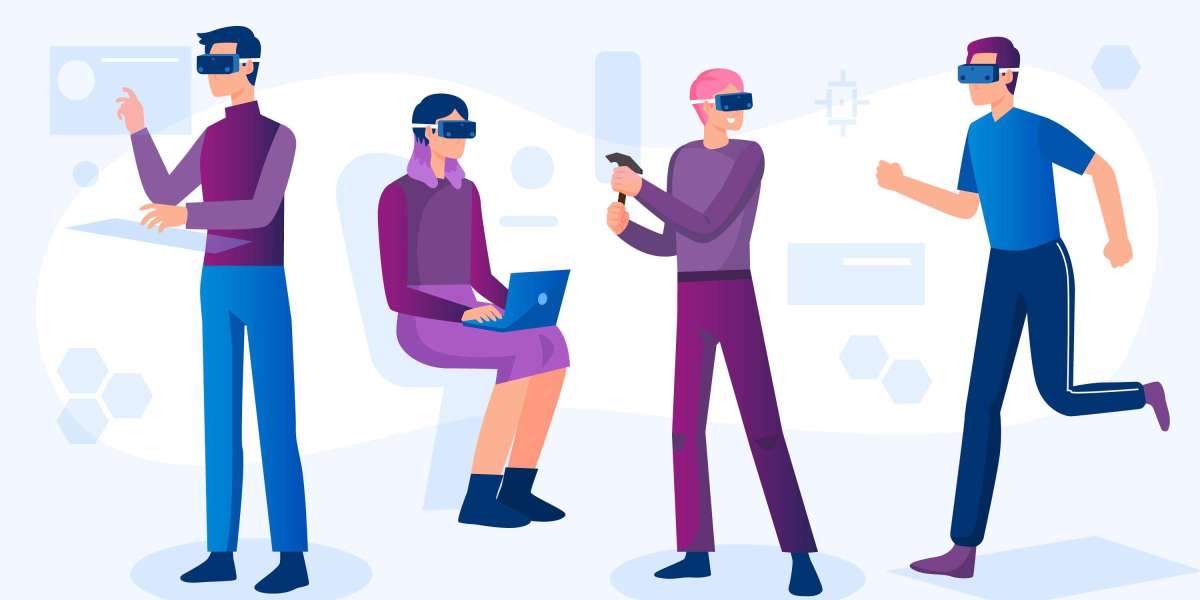The integration of home automation and audio visual technology has transformed modern living spaces, offering homeowners unprecedented control, convenience, and comfort. As technology continues to evolve and innovate, the future of home automation and audio visual integration holds limitless possibilities for creating smarter, more connected, and more immersive living environments. In this blog, we'll explore the emerging trends and technologies shaping the future of home automation and audio visual integration, and discuss how these advancements will revolutionize the way we live, work, and entertain in our homes.
Artificial Intelligence and Voice Control:
One of the most significant trends shaping the future of home automation and audio visual integration is the rise of artificial intelligence (AI) and voice control technologies. AI-powered virtual assistants, such as Amazon Alexa, Google Assistant, and Apple Siri, enable homeowners to control audio visual devices, lighting, thermostats, security systems, and other smart home devices using natural language commands and voice recognition technology. As AI continues to advance, virtual assistants will become more intelligent and proactive, anticipating homeowners' needs and preferences to create personalized and intuitive home automation experiences.
Integrated Ecosystems and Interoperability:
Another key trend in the future of home automation and audio visual integration is the move towards integrated ecosystems and interoperability. As smart home devices become increasingly interconnected, homeowners will benefit from seamless integration and interoperability between different brands and platforms, enabling them to mix and match devices and services to create customized and cohesive home automation systems. Standards such as Zigbee, Z-Wave, and Thread are facilitating interoperability between devices, while initiatives such as Project CHIP (Connected Home over IP) aim to create a unified standard for smart home communication, simplifying the setup and management of interconnected devices.
Immersive Experiences and Virtual Reality:
The future of home automation and audio visual integration will also be characterized by immersive experiences and virtual reality (VR) technology. VR headsets and immersive audio systems will enable homeowners to transport themselves to virtual worlds, whether it's exploring distant lands, attending live events, or experiencing immersive storytelling and entertainment in the comfort of their own homes. VR-enhanced home automation systems will provide homeowners with immersive and interactive interfaces for controlling and interacting with their smart home devices, creating a seamless and intuitive user experience.
Augmented Reality and Spatial Computing:
Augmented reality (AR) and spatial computing are poised to revolutionize the future of home automation and audio visual integration by overlaying digital information and virtual objects onto the physical environment. AR-enabled smart glasses and wearable devices will enable homeowners to interact with their surroundings in new and innovative ways, whether it's visualizing home automation controls, accessing contextual information, or experiencing immersive entertainment experiences. Spatial computing technologies, such as spatial audio and holographic displays, will create immersive and interactive audio visual experiences that blur the line between the physical and digital worlds, transforming the way we interact with our homes and entertainment systems.
Conclusion:
In conclusion, the future of home automation and audio visual integration holds limitless possibilities for creating smarter, more connected, and more immersive living environments. With advancements in artificial intelligence, voice control, integrated ecosystems, interoperability, immersive experiences, virtual reality, augmented reality, and spatial computing, homeowners will have unprecedented control, convenience, and customization over their living spaces. Whether it's controlling smart home devices with natural language commands, immersing oneself in virtual worlds, or overlaying digital information onto the physical environment, the future of home automation and audio visual integration promises to revolutionize the way we live, work, and entertain in our homes.
Read Related Here:- https://pin.it/mzSoYOJUO






